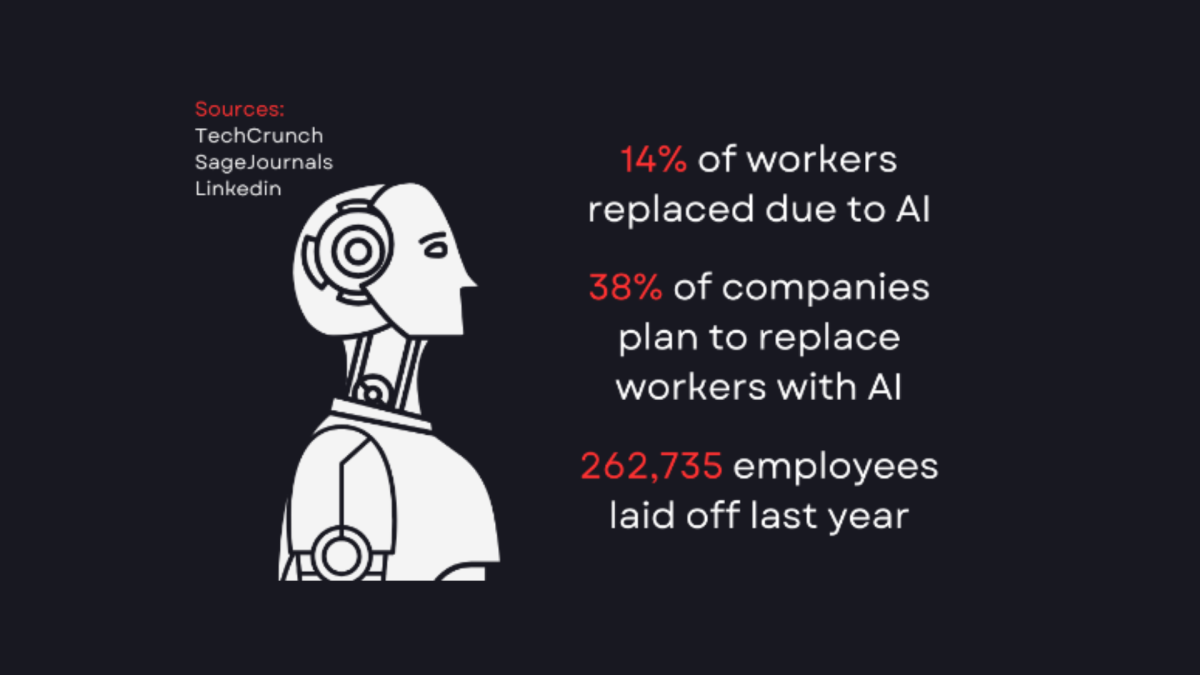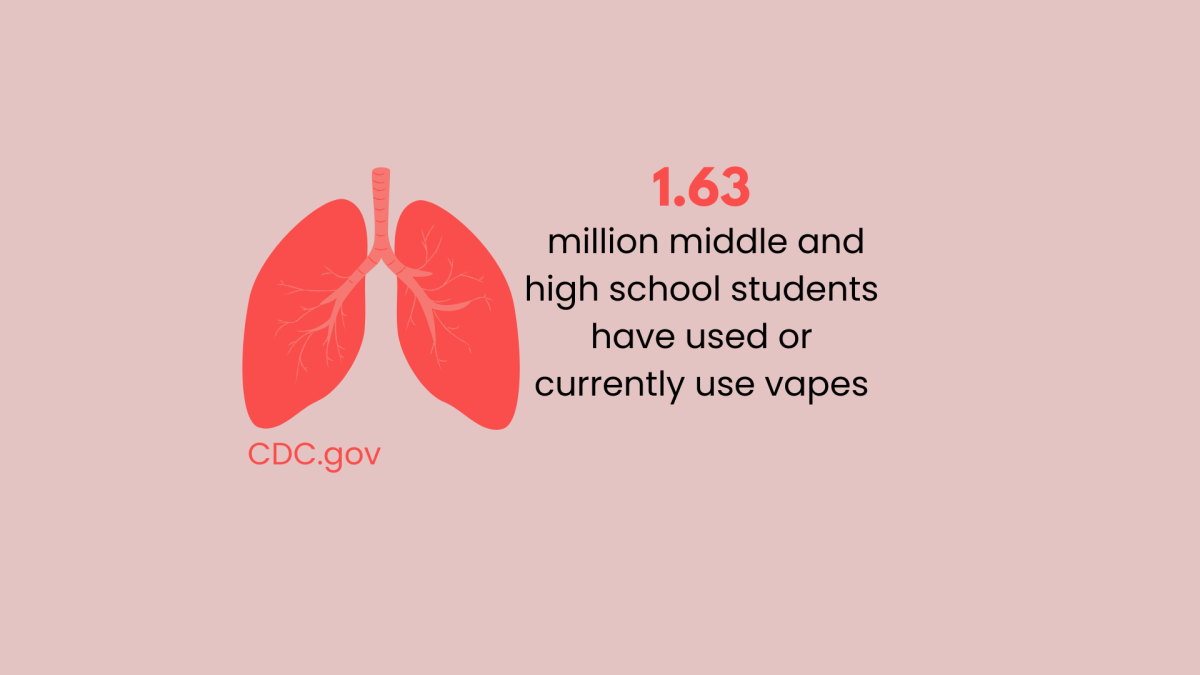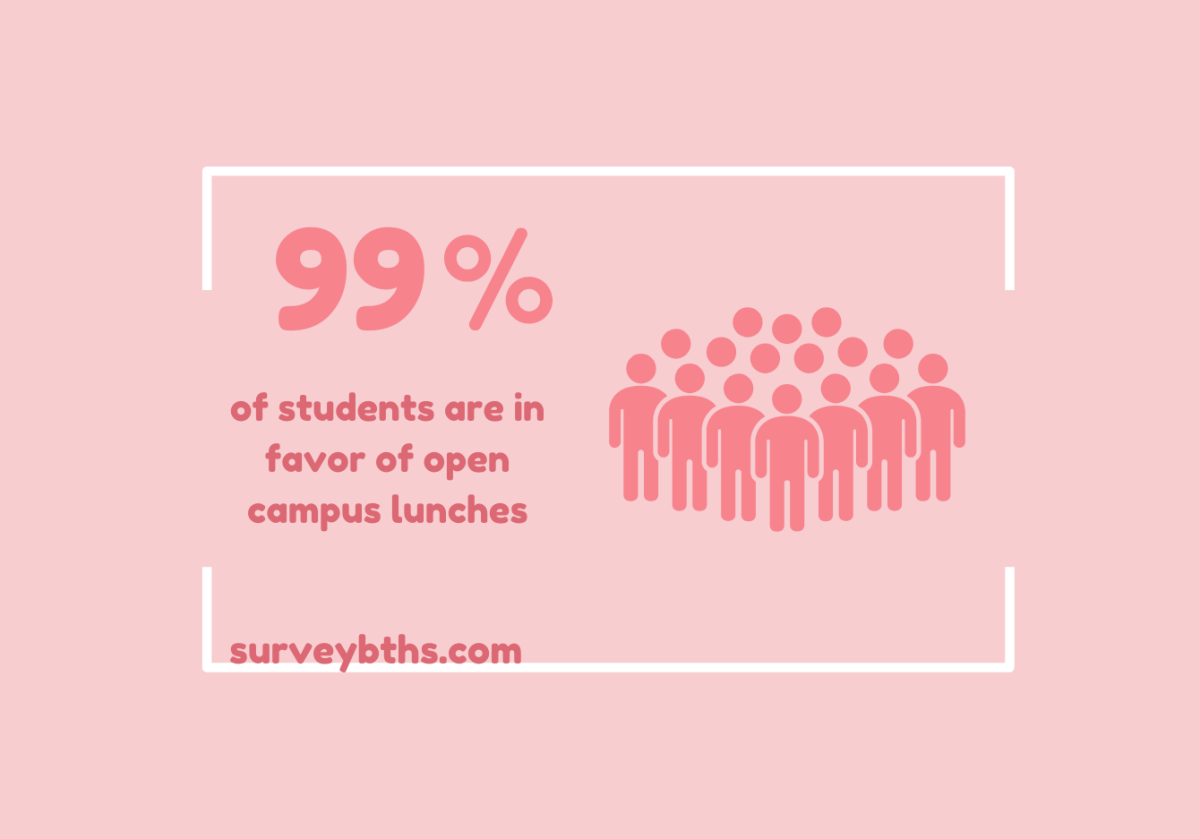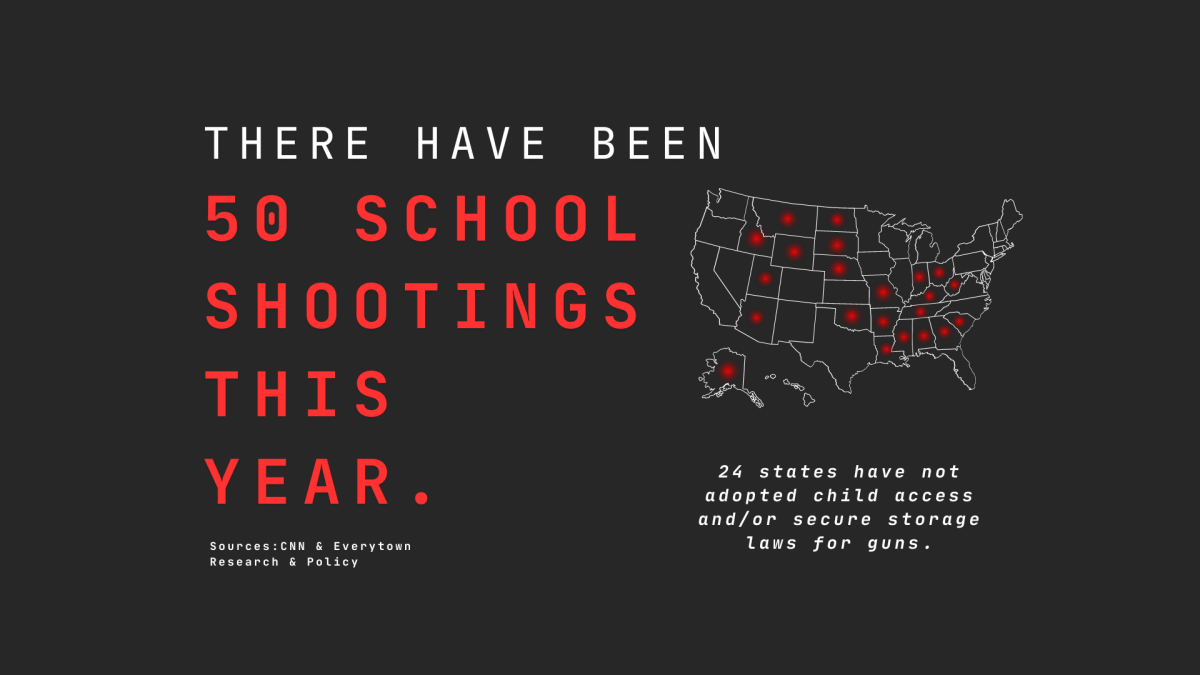Depression.
There, I said it. What does that make you think of? I am not a mind reader, but a vast majority of you are thinking, ‘suicidal cutter.’ Heck, you might even consider making little slicing motions on your wrists or getting one of those witty tattoos that feature kindergarten dotted lines that say ‘cut here’.
Bipolar.
Do you imagine that unpredictable teacher that you can’t stand? Perhaps if I were to start freaking out right now, you’d assume that I am bipolar.
Now, I am not trying to bring up these ideas about mental disorders to offend, but to prove a point. With the heady debates and focus on other issues of prejudice we tend to forget the most common and hurtful of them all—mental illness.
Society knows very little about mental disorders. We believe the small urban dictionary in our head is properly equipped to recognize those with a diagnosis. Let me set the record straight.
Bipolar disorder (or Manic-Depressive disorder) is a slow cycle of mania and depression. Mania is,for example, a week-long period of time in which the individual is highly active (cleaning room, doing taxes, shopping a ton). During this time, sleep is unneeded. This does not mean a friend of yours will become somewhat hyper at random times.
Schizophrenia is a never-ending, severe, and often crippling brain disorder. The individual will hear things that others cannot, which often results in depression, anxiety, and a habit of avoiding other people.
Generalized anxiety disorder (or GAD) is an sickness in which an individual will feel very worried about mild events—usually making them easily startled, often harmed by headaches, and insomniacs (people who can’t sleep).
Depression is sadness that lasts longer than normal.
Really, that is all it is.
There are many types of depression, and not all of them involve suicidal ideas. For example, an extremely common depressive disorder is ‘dysthymia.’ Dysthymia is a minor illness that impairs a person’s ability to enjoy life. This is not someone who cuts or wants to die—merely a person who feels somewhat hopeless and has trouble sleeping.
While everyone can take the occasional joke at their expense, you really should be careful what you joke about. Perhaps when referring to a “bipolar” authority figure, you could be hurting somebody who really is bipolar. Certainly you wouldn’t want to be compared to someone who is extremely disliked—so do not do it yourself. What if you had a history of depression? How much would it pain you to hear someone relate your minor case to something much more serious? In all honesty, when we say these things, we are telling anyone who has ever suffered from an illness that they are worthless, beneath us and don’t deserve any respect.
We do not realize how many people we hurt with these simple comments. I mean, you do not know anyone with a disorder, right? Well, according to the National Institute of Mental Health, one in four American adults has been diagnosed with a mental disorder. One in seventeen suffers from severe mental illness. Forty-five percent of adults with a mental disorder have more than one. Mental disorders are the leading cause of disability in the US for ages fifteen through forty-four—major depressive disorder being the number one disability for that age range.
It is funny, Americans tend to admire those with mental disorders—from childhood to adulthood. For example, Peter Pan displays signs of narcissism—as shown in his refusal to accept growing up and the responsibilities. Cinderella has something called “Approval Addiction,” trying to please everyone but herself while feeling guilty and ashamed of the one ball she attended for personal happiness.
Getting back to less fictional characters of great admiration (and there are many of those), every day people prove that mental disabilities cannot hold someone back or force them to hide in the shadows of society. Winston Churchill suffered from bipolar disorder, along with Vincent Van Gogh, Theodore Roosevelt and Michelangelo. Abraham Lincoln suffered from a crippling suicidal depression, in which he would be bed-ridden for days on end, and still accomplished so much. Charles Dickens and Ernest Hemingway were also clinically depressed—yet we look up to them. We look up to all of them.
A mental disorder is not a choice or a definition. We should not treat it as such. In fact, considering the impact people like Lincoln, Roosevelt and Churchill made on our society, we ought to respect those who have the strength to push through life while such disorders try hold them back. There is nothing shameful about being hospitalized for a burst appendix or a heart attack—there is nothing shameful about being hospitalized for equally uncontrollable issues.










francis reape • Apr 15, 2011 at 12:08 pm
I wish that more people could understand how serious these illnesess are, so that we may help.
terri • Apr 15, 2011 at 12:05 pm
very informative! thank you for speaking out, not just on the behalf of youth, but adults too!
Adam Mackey • Apr 15, 2011 at 12:04 pm
It’s importatnt that we talk and write about mental illness. We should talk about these things to bring awareness, since people are trying to find cures for these things.
Jeremy Pierce • Apr 15, 2011 at 11:55 am
great article. very informative. appreciated the different angles. inspiring to see a young person writing and talking about depresssion, when many adults struggle talking about it honestly. thank you.
John Martin • Apr 15, 2011 at 9:39 am
Thanks for an informantant article, write more please!